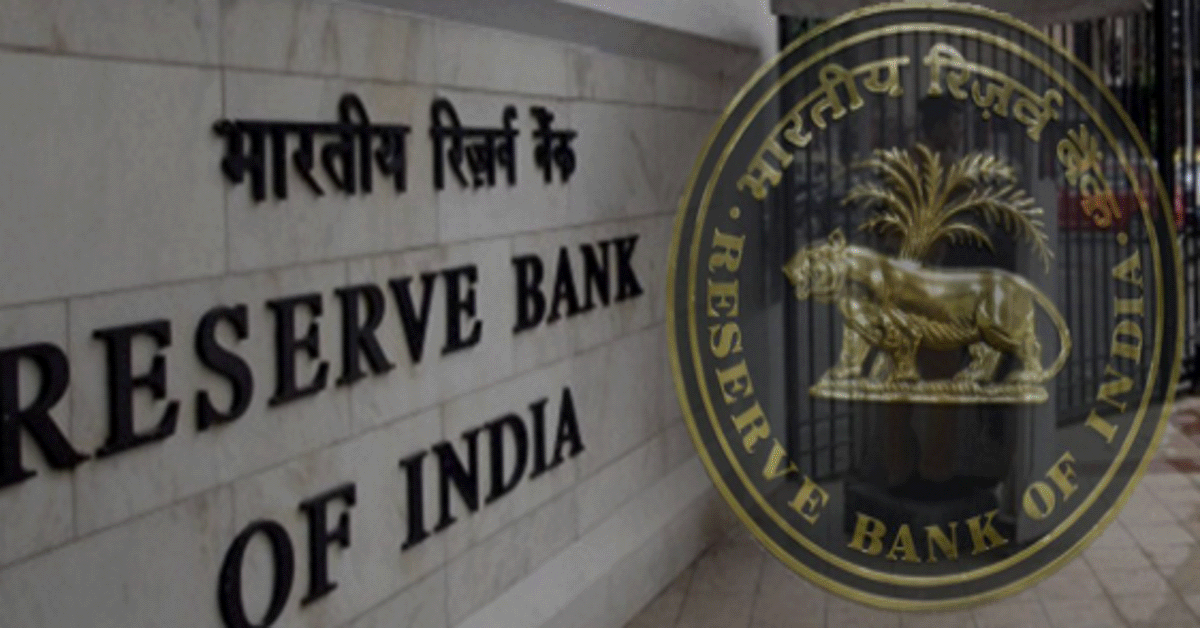The Reserve Bank of India (RBI) introduced new rules on Friday for Peer-to-Peer (P2P) lending platforms to to ensure that these platforms operate fairly, transparently, and protect both lenders and borrowers.
P2P lending allows people to lend money directly to others without involving traditional banks. While this system offers opportunities for both lenders and borrowers, it also comes with risks, particularly the risk of borrowers not repaying their loans, known as defaults. The RBI found that some P2P platforms were not adhering to existing regulations and were promoting misleading claims, such as guaranteed returns or offering insurance products that falsely claimed to protect lenders from losses. The new rules aim to address these concerns.
To ensure that these platforms operate fairly and transparently, the RBI initially set up guidelines for P2P lending in 2017. Despite these regulations, the central bank found that some platforms were not fully compliant, leading to potential risks for users.
The RBI’s decision to tighten regulations on P2P lending platforms stems from its commitment to protecting the interests of all parties involved. By preventing misleading practices and ensuring that lending is carried out transparently, the central bank hopes to foster a safer and more reliable environment for P2P lending in India.
These new rules are a reminder that while P2P lending can be a valuable financial tool, it comes with inherent risks. Lenders and borrowers alike should take the time to understand these risks and choose platforms that comply fully with RBI regulations. As the P2P lending market continues to evolve, these new guidelines are a crucial step in ensuring that it remains a secure and trustworthy option for all.

